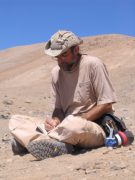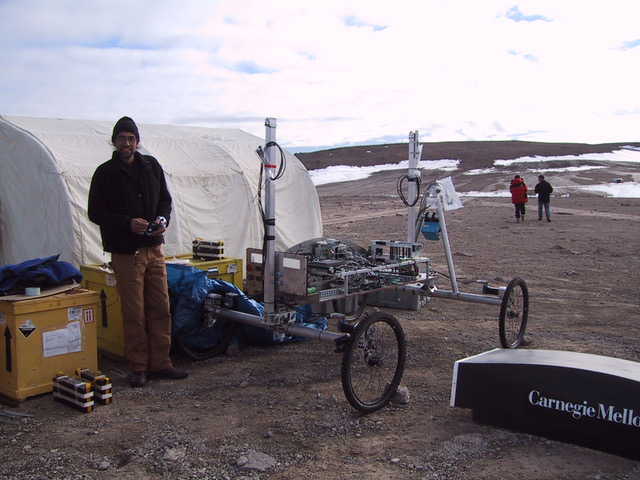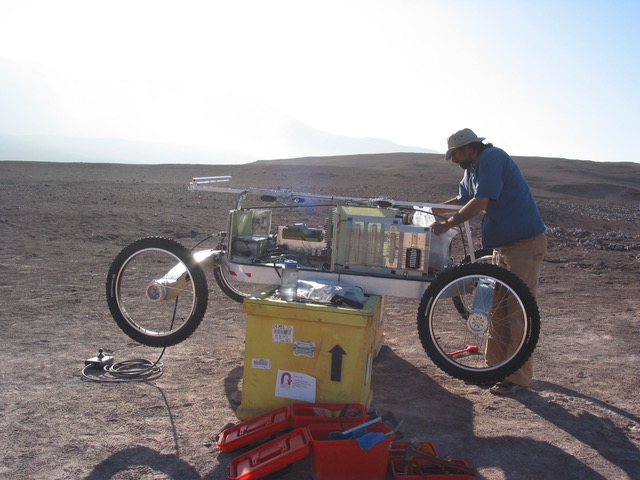Jim Teza. How to be a better Roboticist.
by David Kohanbash on August 25, 2022

Hi
This morning I got the news that a friend, mentor and colleague for the past 17 years has passed away. I wanted to share a few lessons from Jim.
- Never be satisfied and always seek perfection, yet also know when a robot is ready to test.
- Think about your work. If you did something incorrectly, fix it.
- Become an expert in the domain that your system is for.
- If your building a nuclear robot. Learn all you can about nuclear.
- If you are building a moon robot. Learn all you can about the moon and how to get to the moon.
- etc…
- Never stop learning. Keep learning about new advances in your field and all surrounding fields.
- If there is an issue, express frustration, then move on and solve it.
- Build people. Spend the time to teach and show others how to correctly do things. It will pay back with dividends.
- Spend the time to debug and solve the little issues. Those little issues have a way to come back in the field
- When debugging always distrust your tools.
- Your tools might be giving you bad data that leads to misdiagnosing the problem with your robot.
- Distrust all hardware and assume things wont work properly at first. Then be surprised when things actually work.
- This also helps since you plan for contingencies in your designs, schedule, and field deployments.
- Know when to fix things yourself, and when to go back to the person responsible.
- If a component is suspect, label it “bad ???” or throw it away. Don’t let others use that component unknowingly.
- How many times have you used a bad Ethernet cable that somebody else knew was suspect?
- It does not matter how senior you are, there is no shame in asking another person to verify your design and work.
Below is a letter sent out by a colleague announcing his death.
Friends,
I’m terribly sorry to convey that our dear friend and colleague Jim Teza has passed away.
Jim was a Principal Research Engineer in Robotics and, for 25-years, a member of the Field Robotics Center. Jim was pivotal to the creation of dozens of robots and in field expeditions around the world. He was known for never being satisfied, an impossible perfectionist, who spent countless hours in the lab designing, building and testing. Many of the robots that he created are still working a decade or more later. His work in robotics was his life and, with no close relatives, we were his family.
Jim had been in remission from pancreatic cancer when, very suddenly, he relapsed and died in hospice on August 9. He was a very private person outside of Carnegie Mellon. He asked that there be no funeral or memorial service.
If you look around the Field Robotics Center you’ll see Jim’s careful writing on signs, labels, boxes, diagrams, parts (his famous “Bad?” on anything suspect), and our robots. Take a moment to remember Jim and all that he contributed to our work and community.
Thanks, David Wettergreen
Please post stories of Jim or other lessons from Jim in the comments below.




Leave a Reply